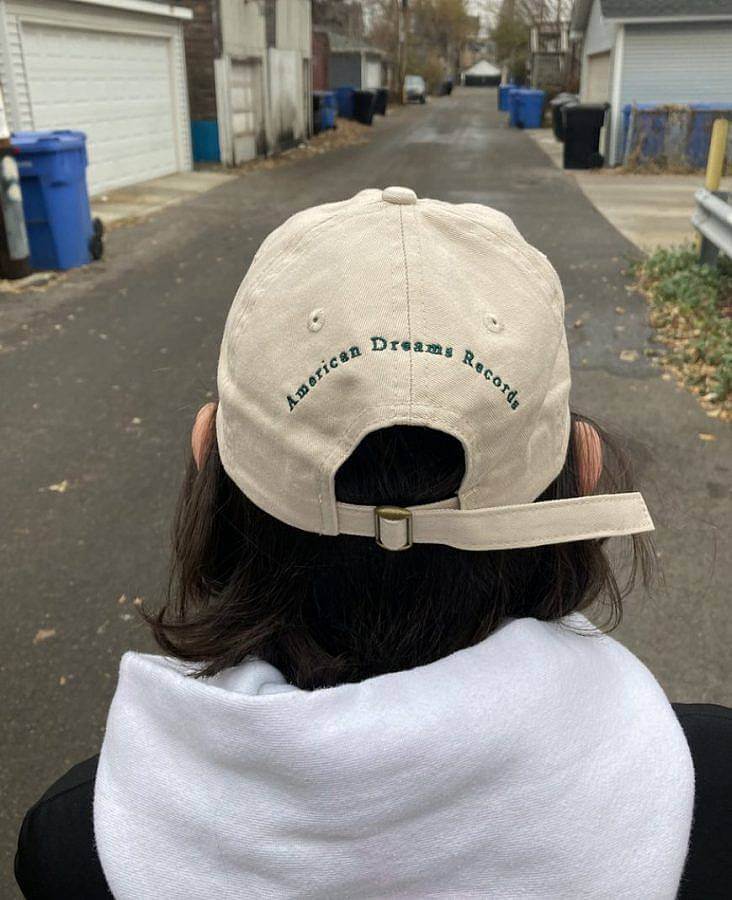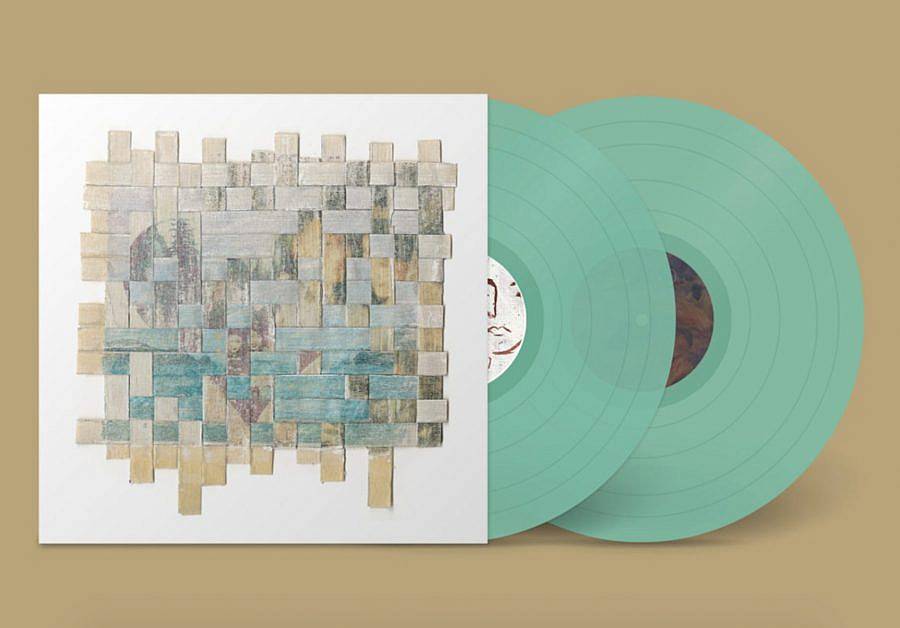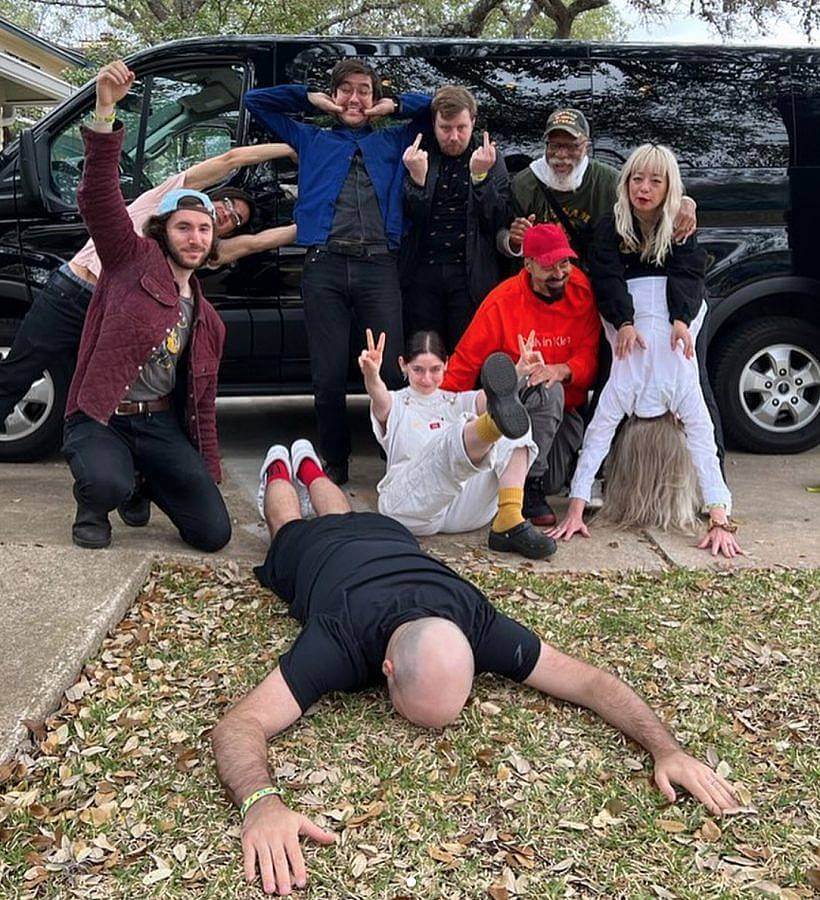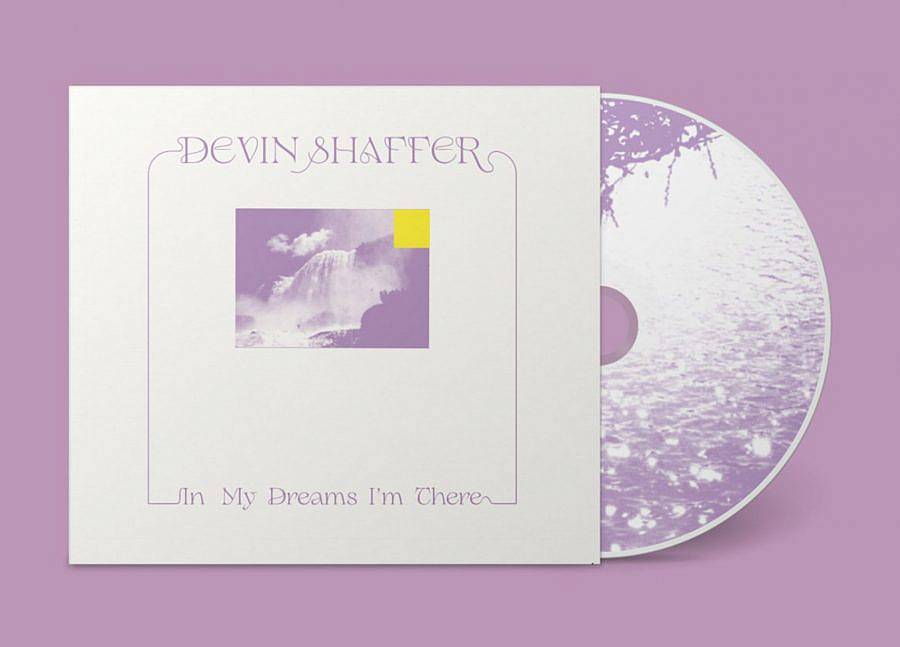What did founding American Dreams look like?
American Dreams Records came out of my old tape label American Damage, which meditated more on harsh, extreme experimental music than ADR. All its art was in black and white, too. When I created my debut album Close, I wanted the record’s artwork to be in color, I wanted it on vinyl, and I wanted separation from “noise.” At that time, I lived a couple of blocks from John Daniel of Forest Management, and we talked about doing a release, which dovetailed nicely into the second ADR release – a 2LP! I was originally concentrating on electronic music, too, but then I was sent Mute Duo’s Lapse In Passage, and had to adjust my framework. The path opened though, around ONO’s Red Summer. That was an album with a lot of challenges finding a home – eventually, I approached the band saying “I think I can do this as well as anyone else. Want to give me a shot?” And they said yes, and it was off to the races. Red Summer pretty much set up the contemporary ADR model.
I understand there’s a whole team of supporters helping run the label currently, can you talk a bit about the collaborative process?
Yes, there are two other team members, Eli Winter and Devin Shaffer. Both have settled into their roles after simply needing a job, and me needing work off my plate. Eli is the label manager, handling distribution – DSPs and physical writing, accounting, and other things. Devin is the creative director, doing the social media, marketing, art, and layout. Devin and I collaborate a lot on the ideas for marketing. She’s better at crystallizing ideas into something palatable, and also a badass designer. Eli is pro at his job, too, though he also loves booking and setting up tours. Can’t thank them enough!!

How do American Dreams & American Decline complement one another?
Well, I’ve always loved extreme music, and though there are examples of extreme music on American Dreams, I wanted to have an outlet specifically for black metal. I love black metal, but it felt like a stretch to put on American Dreams.
The model for Decline is different, too, using more batch drops. There’s very little promotion outside of Instagram, very little publicity, and very little working with DSPs. American Dreams releases, and experimental/indie music releases in general, often still go through the wringer of PR, physical distribution, etc, but there’s often more of an emphasis on trying to carve out a career therein than with black metal.
What’s in the name anyway?
Good question – big question! I would say, first off, the name came out of American Damage, which was often considered negativity and harshness. I wanted a name that referenced “American Damage,” but spoke to hope and aspiration. Everyone knows in 2022 that the American Dream is a pipe dream, the fulcrum in a mythology built on exploiting peoples’ time. But the idea itself, of seeing the fruits of your labor, is a good one I think. Though I am realizing that you can often put more labor into an endeavor in music–especially experimental music–than you get back haha.

What process do you go through to bring on new artists & how has that evolved?
At first, I was seeking out artists who used synthesizers specifically, but that changed. Synths are a staple in experimental and indie music, of course, but these days instrumentation means very little to me. Number one criterion is that the artist is expressing something genuine–that it’s coming from a real place. I want there to be consideration about making a positive impact, sociologically, politically, spiritually, and mentally. There are a lot of forces at work trying to keep people subdued and unhappy. You spend an hour on Twitter, forced to consider how to be depressed. The magnification of negativity through social media and news makes it more difficult to be sensitive in a world that already doesn’t value that. When I think of American Dreams Records, I think of being a force against that. I think music can have that power.
You mentioned Sacred Bones as an influence before, what other labels and creatives are you looking to?
Sacred Bones is an influence because they started in post-punk, industrial, dark psychedelia, and then branched out to artists like Spellling, John Carpenter, and Constant Smiles. They proved you can be a successful label, one true to its vision, and eschew pigeon-holing. Caleb’s also still a punk, and although he is making business decisions, he’s committed to a vision and ethos of music.
I have to mention Important Records. John is an artist and curator, and he often–maybe always –does the artwork for the records on his imprint. It’s cool to see him exist synonymously as an artist and label head, and also be so intentional with his output and aesthetic. There’s also a lot of archival good he does. He reissues records that need to be in the public sphere that have gone out of print, as well as showcasing the knowledge and context at the times they were made. That’s been very impactful.
Another label I really admire is Purple Tape Pedigree out of New York. My homie Geng runs it, and he weaves together so many disparate entities–anime, cyberpunk, hip hop, and more. He was part of the hip hop group Atoms Family that birthed Cannibal Ox, and has an incredible archive of material from then, including footage of MF DOOM’s first show with a knit mask. A treasure trove of information, and a treasure himself.
A friend and fellow artist I’m inspired by is Sarah Davachi. I love the way Sarah’s branding is just…Sarah. She’s like “this is what I value, study, and make – do what thou wilt.” Sarah’s someone whose outlook reflects her creation, at least to me, and someone who truly loves music. Also, her tunes fill me up mentally, emotionally, and spiritually. Not everyone can do that, especially when utilizing things like pipe organs and drones. Sarah manages to circumvent what could possibly be too clinical or academic by injecting herself into her music.
Another artist I look to across many media is Virgil Abloh whose tongue-in-cheek, incisive mind was unparalleled. He considered many disparate subcultures from hip hop to electronic music to collage to postmodernism. I’m in awe of his fashion, his video work, his recorded conversations, and most everything else he’s touched. It’s incredible. These days he’s probably inspiring me more than anyone else–the playfulness he exuded while engaged in serious work.
Another contemporary who awes me is Hidetaka Miyazaki of FromSoftware. I love his creature and world designs so much, not to mention the dude never compromises. Games like Dark Souls could be considered exercises in demoralization, but then you put the time and effort in, and have a spiritual breakthrough. I am first and foremost a nerd of all hats. Sci-fi, videogames, fantasy, metaverse shit, comic books, kung fu movies–it’s all what I’m into. So FromSoftware hits on a lot of those. I also collect Magic the Gathering cards for aesthetic and visual inspiration.

Can you tell us about the poems you used to include in the American Damage albums?
I am really proud of those poems. I am a storyteller first, then everything else. I thought making album covers with words as opposed to images would be striking. I was better at words than visual design at the time, so this was a necessity and proclivity. I’m often grappling with various existential states so many of those poems were about the weirdness of being, of how things can be distorted or appear in unexpected or even unfamiliar ways. The brain and sensory organs can’t be fully trusted.
When this reaches you, much of the American Dreams team will have played SXSW. Tell us about that experience!
SXSW was so fucking fun. I rented an Airbnb with a pool for the entire American Dreams crew, though Claire decided to stay with her homie Mari in Austin. So in one domicile, we had ONO, Evicshen, Devin Shaffer, Eli Winter, and Cameron Knowler. The intersection was crazy, but everyone became super tight, and it was nice to have a place for relaxation and respite outside of the downtown SXSW situation. Lots of Whataburger. Lots of ideas flowing. Very generative, fulfilling tenure.
We teamed up with Northern Spy/NNA Tapes for a couple of gigs, and I feel like Adam Downey from N Spy and I became closer, too. Something happens when you’ve interacted with someone online mostly and then hear their voice and hug and share the same air for a little bit.
I always see people complain about SXSW or really any festival or really anything, and I just couldn’t believe it existed. Some go intending to get a new booking agent or manager or get signed to a bigger label, but it’s 2022, and everyone knows that every part of the music industry will let you down, so you have to do music for its own sake first, grind as hard as possible, and then if those other things happen, cool, but you can’t have those expectations. Most of the world doesn’t care about me or what I do, and I do get frustrated by that occasionally, but then I examine the microcosm–hanging at the pool with my friends, all of whom make music together, and then I think…well, that’s pretty good, too.

How do you find ways to incorporate care into your practice?
This is a dynamite question, and it’s something I’m wrestling with a lot right now. I have a bit of a precarious mental state, but when you’re creating and releasing 70 or so objects/editions a year, you’re juggling so many expectations, and that is really hard. I had like a full-on breakdown maybe 4-5 weeks ago, trying to handle too many things, and realized I cannot keep going as hard–I need to do fewer releases, make fewer objects, if I’m only going to have myself and my two friends trying to steer this ship. Right now care means doing less. I already don’t drink or smoke. I run a ton. I eat well. And yet I was still crying because I felt like I was failing everyone I worked with – what does that mean? I’m trying to do too much, and I need to have human expectations for myself. As much as I wish I could release everything, work with everyone, I can’t if I want to keep going. Like if I literally want to not wrestle with suicidal ideation, I need to have less work, which is what I’m trying to get to now, and slowly succeeding.
What are you excited about right now?
These days I’m excited about Magic: The Gathering, Elden Ring, Neal Stephenson, transhumanism, and the weather getting warmer. I can’t wait for it to get warmer so that I can run outside – that’s essential for my mental health.
I also have a finished record that will come out in November that I’m super excited about. It’s the first record of mine to feature some of my own visual, tactile art–these dolls that I make–in part of the packaging. It’s easily the best thing I’ve done, a significant step in my artistry, so I’m excited about that.
What are you listening to/What Chicago acts should we listen to?
Mach-Hommy. He’s not from Chicago, but I love how he creates records as art objects, and the price point is there to match. You have to pay a lot to get one of his albums on vinyl, but they’re also available to stream. He knows he’s worth it, and they’re supposed to be investments into his vision. Not only that, but he’s one of the hottest on the mic.
From Chicago, I really adore Fire-Toolz who’s done amazing releases on Hausu Mountain. I also love the ambient musician/songwriter Gia Margaret, the hip hop duo Free Snacks, and anything Lia Kohl touches. There’s also a pretty serious noise, metal, dungeon synth contingent here, so acts like Starless Domain, Alkilith, Colossus, Grot (right outside Chicago), Itsi, Havadine Stone–the list could go for so long haha.

How do you feel working as a musician impacts or shapes your work at ADR?
It helps that I think about what I would like as an artist from a label, even what it’s like to tour solo or be rejected a million times. It is a give and take, though, as some things cost so much or take so long, and I have to be reasonable with how much of myself I can give. I straight-up wish I could release more at all times, but it’s not fair to myself or artists to spread myself that thin.
I’m pretty stoked on Detroit-based artist Saajtak – how was putting out their recent release?
It’s going great so far! We’re in the middle of their press cycle, and they are a very hard-working band. Despite living in some different areas, they make it work, and that’s really cool. ONO played with them at the Detroit Symphony Cube in 2018 or so, and then I booked a couple of gigs for them and one for Ben who was touring solo. Pretty fun group of people, and the music speaks for itself. They are so precise in everything they do–songwriting, mixing, effects, you name it.

While we wait for your website to be out of construction, can you talk about the visual continuity of ADR?
These days Devin Shaffer is super involved in this. We have a pinterest mood board where we pin things we think fit in. I am always thinking of surrealism, dreams, the natural landscape, and then comic books, science fiction, fantasy. There are pretty conscientiously nerdy aspects of ADR, and even the logo where someone is dropping sand from a hand is a nod to Neil Gaiman’s The Sandman. Sand, to me, is interwoven with dream, sleep, morpheus, and it’s the central motif to the label.
Devin often brainstorms the marketing, too, or has ideas for designers. We bounce things off each other constantly, and are about to start up some more “capsule” oriented releases and editions like classic streetwear brands would do. It is becoming more difficult to do things on vinyl with reasonable timelines, so we are looking at clothing, and other ways to tell stories that don’t take a year to make.
What are your thoughts on the material attributes of vinyl and its environmental stability?
This is a good question, and I wish I were more versed in its environmental impact, but I’m not. I’m sure some of that is just because I love vinyl so much–how it sounds, how it feels–that I don’t inspect its negative impact. It’s a strange conundrum because typically records on vinyl find a bit more legitimacy, meaning they do better and find a greater audience. So you have to weigh the options. For what I do with ADR, I am trying to concentrate on making the label for artists firstly, but perhaps that’s short-sighted. It’s a work in progress, and I’m always trying to do better.
